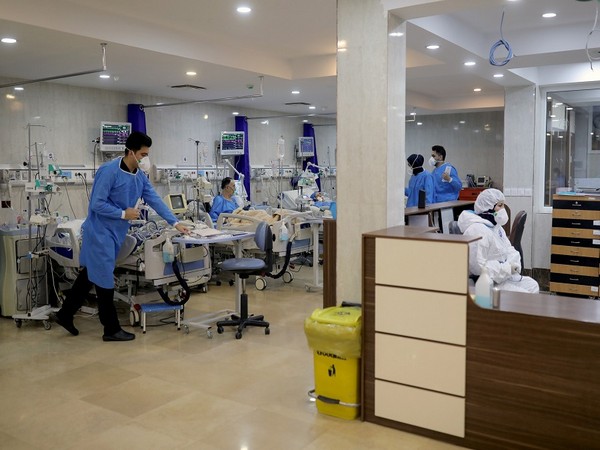According to one study, the time it takes a cancer patient to see a doctor, get a diagnosis, and start treatment varies significantly depending on the patient’s location and the type of cancer, with those in lower-income countries requiring up to four times longer to get started.
These findings were published in the open-access journal PLOS Medicine by Dafina Petrova of the Biomedical Research Institute ibs.GRANADA and CIBER of Epidemiology and Public Health in Spain and colleagues. Cancer is the top cause of death worldwide, and early detection and treatment are critical for improving patient outcomes.
Researchers analysed the relevant scientific literature and did a meta-analysis of 410 papers from 68 nations and over 5.5 million patients to better understand how the timing of cancer therapy differs across cancer types and in high- and low-income countries. They specifically examined three time intervals: from the onset of symptoms to the first consultation with a doctor, from the first consultation to diagnosis, and from diagnosis to the commencement of treatment. Most patients in high-income nations saw a doctor within a month of developing symptoms, but in low-income countries, this interval was 1.5 to 4 times longer for practically all cancer types.
Cancers that caused non-specific symptoms, such as myeloma, colorectal, and gynaecological cancer, took the longest to diagnose across all countries, with prostate and gynaecological cancers having the greatest treatment delays, on average.
The new study emphasises the global differences in early cancer diagnosis and treatment. The researchers advocate for initiatives to minimise the time it takes patients in low-income nations to receive care after experiencing symptoms. They recognise that their estimates for the time it takes to diagnose and begin treatment came primarily from high-income nations, which have comprehensive health information systems in place to collect this data.
Furthermore, these data highlight cancer types where research into earlier diagnosis and therapy may result in better patient outcomes.
“Our new study identifies cancers where diagnosis and treatment initiation may take the longest and reveals significant global differences in early cancer diagnosis and therapy,” Petrova says.

